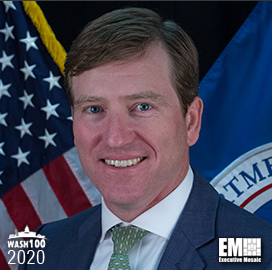
The Department of Energy’s Argonne National Laboratory partnered with the University of Chicago and Qubitekk to test a “quantum loop” that might pave the way for the development a quantum internet, National Defense reported Tuesday.
David Awschalom, a senior scientist at Argonne, said they shot out a single photon source of entangled particles into a fiber network in the Chicago suburbs and analyzed the measurements during the experiment.
“We want to make sure that those two photons are still entangled,” Awschalom said. “We measure how carefully they are [entangled] and we’re going to extend this from platform-to-platform as the basis for a national network.”
Paul Kearns, laboratory director at Argonne, said they plan to develop a two-way quantum link network between Argonne and Fermi National Accelerator Laboratory in Batavia, Ill., in April.
“That really allows us to understand the temperature variations and how that might affect communications,” Kearns said of the experiment. “It also allows us to understand the vibrations as we go under the interstate … at our expressway or a train track.”








